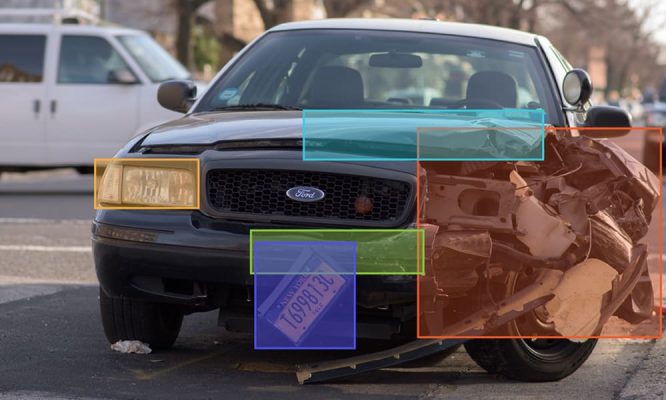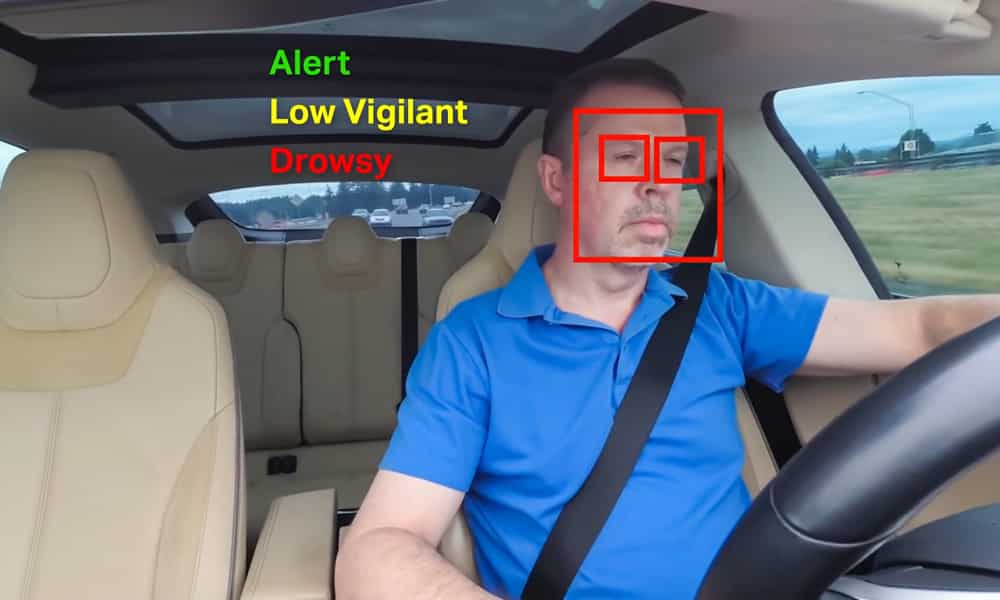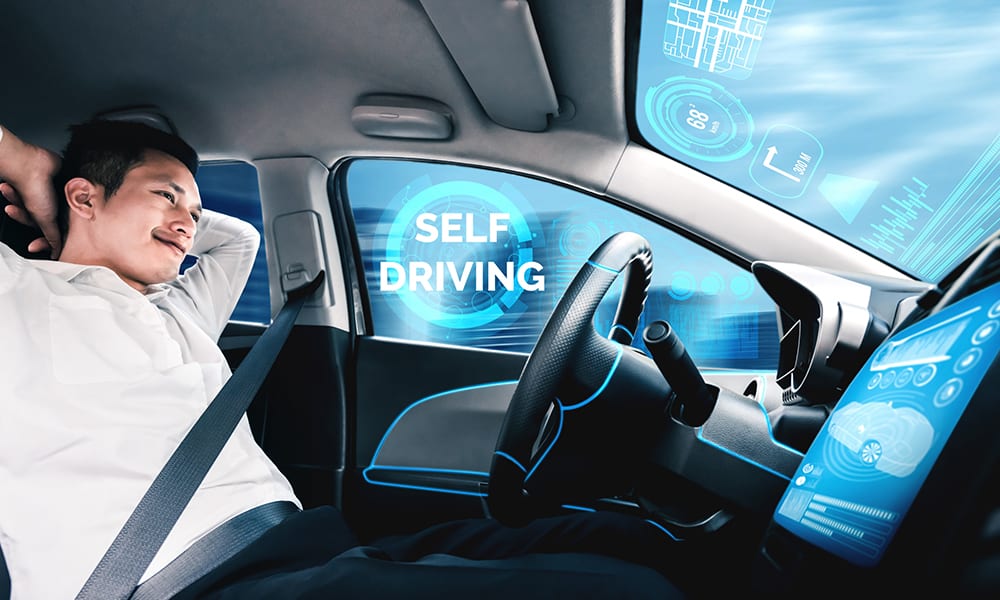Artificial Intelligence has spread its usefulness and sophistication to several fields, and one such novel application of this advanced technology is detecting vehicular damage. Claiming car damage is a substantial time-consuming activity.
Moreover, there is always a possibility of claims leakage – the difference between quoted and actual claims settlement.
Claim approval depends on visual inspection, quality analysis, and validation as a general rule of thumb. As the assessment gets delayed or incorrect, it becomes a challenge to process the claims. Yet, automated vehicle damage detection makes it possible to speed up the inspection, validation, and claims processing.
What is Vehicle Damage Detection?
Accidents and minor vehicle damage are quite commonplace in the automotive sector. However, issues crop up only when there is an insurance claim. According to the 2021 Fraud Investigation Unit Annual Report released by the Government of Michigan, automobile claim fraud added almost $7.7 billion in excess payments to auto injury claims. Top Auto-insurers lost close to $29 billion every year in premium leakage.
Vehicle damage detection uses machine learning algorithms to automatically detect a vehicle’s exterior body and assess its injuries and the extent of the damage. Damages to the car are identified not only for insurance purposes but also for repair cost estimation, using computer vision and imaging processing tools.
How to Build an AI-powered ML Model for Vehicle Damage Detection?
A robust training dataset is crucial for a successful and efficient ML car damage detection model.
Object Identification
From images, the exact location of the damage is accurately identified and localized by drawing bounding boxes around each detected damage. To make this process streamlined and faster, there are techniques to bring localization and classification together. It allows generating a separate bounding box and class for each identified object.
Segmentation:
Once the objects are identified and classified, segmentation is also done. Binary segmentation is used when there is a need to separate the things in the foreground from the background.
How to train ML models to detect vehicle damage

To train ML models to detect vehicle damage, you need a diverse dataset of accurately annotated images and videos. Without highly accurate and precisely labeled data, the machine learning model will not be able to detect damages. It is essential to have human-in-loop annotators and annotation tools check the data quality.
Train the models to look for these three parameters:
- Checking whether there is damage or not
- Localizing the damage – identifying the exact position of the damage on the vehicle
- Assessing the severity of the damage based on its location, need for repairs, and type of damage.
Once the damage to the vehicle is identified, classified, and segmented, it is essential to train the model to look for patterns and analyze them. The training dataset should be run through an ML algorithm which will analyze and interpret the data.
Off-the-shelf vehicle damage detection image & video datasets to train your computer vision model faster
Challenges in Vehicle Damage Detection
When building a vehicle damage detection program, developers can face several challenges in procuring datasets, labeling, and preprocessing. Let’s understand some of the most common challenges faced by teams.
Procuring proper Training data
Since the real-world images of vehicular damage are bound to have reflective materials and metallic surfaces, these reflections found in the pictures might be misconstrued as damage.
Moreover, the dataset should have diverse images taken in varied environments to achieve a truly comprehensive set of relevant images. Only where there is a variety in the dataset will the model be able to make accurate predictions.
There is no public database of damaged vehicles that can be used for training purposes. To counter this challenge, you can either gather images scouring the internet or work with car insurance companies – who will have a repository of broken car images.
Preprocessing of Images
Vehicle damage images would most probably be taken in uncontrolled environments, making the images appear out of focus, blurry, or too bright. It is essential to preprocess the images by adjusting the brightness, downsizing, removing excess noise, etc.
To handle reflection issues in the images, most models use semantic and instance segmentation techniques.
False Positives
There is a high risk of getting false positive signs when assessing vehicle damage. The AI model might falsely identify damage when there is none. This challenge can be mitigated using a two-tier identification and classification model. The first step would undertake only binary classification – classifying data between only two categories – on the images. When the system identifies that the vehicle has been damaged, the second tier will effect. It will begin to identify the type of damage to the car.
How Does Shaip Help?

Being the market leader, Shaip delivers exceptionally high-quality and customized training datasets to businesses building AI-based Vehicle damage detection models. Our process of creating the dataset for training your ML model goes through various steps.
Data Collection
The first step in building a training data set is procuring relevant and authentic images and videos from several sources. We understand that the more diverse the dataset we make, the better the ML model. Our dataset contains pictures and videos from several angles and locations to build highly categorized data.
Data Licensing
Authenticating the data collected is a crucial step in building a predictable insurance claims model and reducing the risk for insurance companies. In order to speed up ML training, Shaip also offers off-the-shelf datasets to help train damage detection more quickly. Moreover, our dataset also has pictures and videos of damaged vehicles and cars regardless of the models and brand.
Image/Video Annotation
Claims processing models should be able to automatically detect objects, identify the damage, and assess its severity in the real world. Once the images and video are broken down into components, they are annotated by our trained domain experts with the assistance of an AI-based algorithm. Our experienced annotators label thousands of images and video segments that focus on accurately identifying dents, damage to car parts, cracks, or crevices in the inner and outer panels of the car.
Segmentation
When the data annotation process is completed, segmentation of the data takes place. Ideally, segmentation or classification happens based on damage or non-damaged sections, the severity of the damage, and the side or area of damage – bumper, headlamp, door, scratch, dents, broken glass, and more.
Are you ready to test-drive your Vehicle Damage Detection Model?
At Shaip, we provide comprehensive vehicle damage datasets designed to meet the specific needs of Vehicle Damage Detection models and ensure faster processing of claims.
Our experienced annotators and human-in-the-loop models ensure reliable quality and top-notch accuracy in our annotated work.
Want to know more? Contact Us Today.







